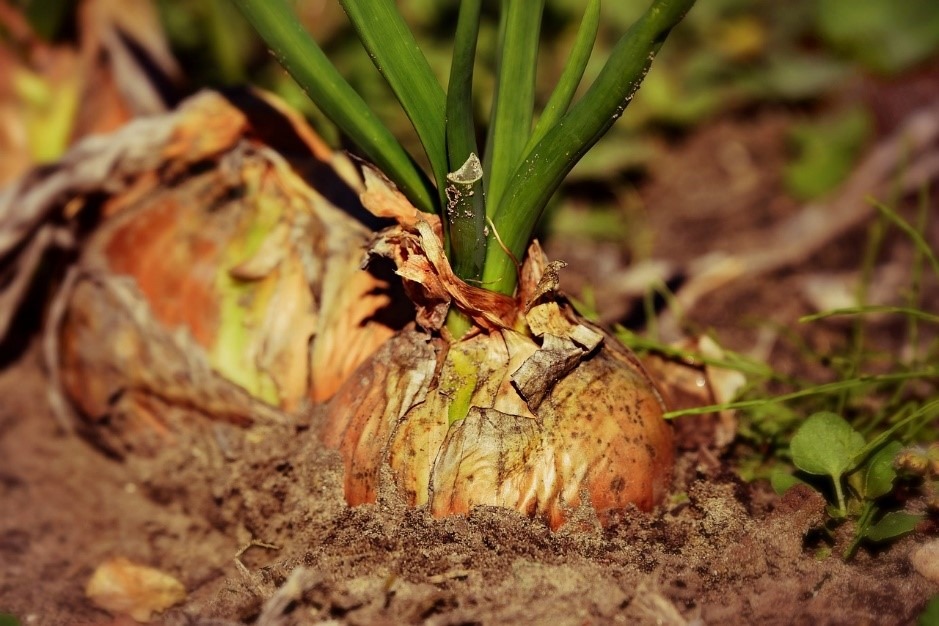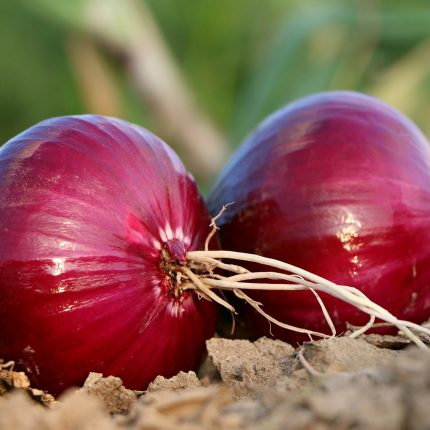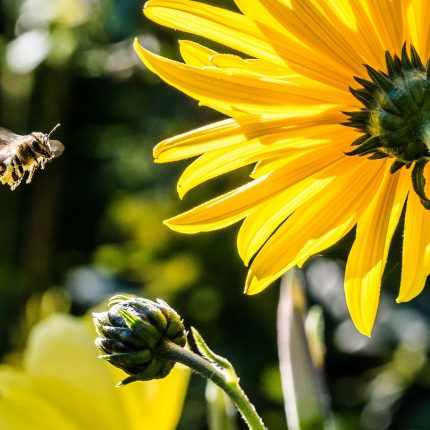Mid – Summer Vegetable Gardening
These longer mid-summer evenings means we’ve all got more time to spend tending to the garden, to plants and those treasured vegetable plots.
I love spending a bit more time in my vegetable garden at the moment. There’s so much going on. It’s amazing how quickly crops can turn over and need to be harvested or how those pesky weeds can take hold.
Now is a good to spend some time keeping on top of things, keeping things moving along. I’m a firm believer that when it comes to working in my vegetable patch it is better to do it in small, regular bursts rather than waiting for
Spending regular, short bursts in the garden also means that checking the vegetable patch becomes part of your nightly routine. Spending 10-15 minutes in the evening looking around is plenty of time to check for insects and to keep on top of weeds.

Watch Out for Potato Blight
If you are growing your own potatoes at the home, this is also the time of year to be vigilant for Potato Blight. On the weather bulletins on radio and television you will now hear mentions of blight warnings. It is crucially important that you are vigilant and spot any early signs of the disease in your potato crop. If you’re growing early potatoes they are often not affected. Main crop potatoes can be very badly affected and if you don’t act fast enough, you could lose an entire crop.

Blight is easy enough to spot in crops. It causes brown patches to appear on the leaves of your potato plants. If it looks like the leaves are dying you’ve got blight. If caught early, you may be able to pick the leaves off and destroy them.
However, a large infection will need to be treated chemically to combat it. To control blight you can use a product called Bayer Garden Potato Blight Control. It treats late foliar and tuber blight. The treatment is fast acting and is a long-lasting control for the disease.
Blight and tomato crops
Blight can also affect tomato crops, It is therefore important to be vigilant for any signs of the disease on your crops. Blight can spread very quickly in a humid greenhouse. With tomatoes now is also a good time to start feeding your plants with a high potash tomato feed. This will help boost the plant’s vitality and encourage good fruit formation.
Carrot Root Fly
At this time of year we also need to keep our eyes open for signs of damage from carrot root fly and caterpillars around the vegetable patch. In my own vegetable garden I like to incorporate a garlic solution into my daily watering routine. It helps to combat both pests. By mixing a concentrated garlic solution into my water supply I find that I don’t have an issue with either of these insects any more. The garlic solution also acts as a natural deterrent and the insects do not cause any damage. Win Win! It works by disguising the smell of the plant with the garlic small which confuses the insects. It’s very noticeable to them but don’t worry it won’t make your vegetables smell like garlic to you!
Summer salads
At this of year I also like to reuse the space from my early potato crop and plant lettuce in this space after the potatoes have been dug up. Cut & Come Again salad leaves will give you fresh salad leaves from mid-summer until Autumn. You just cut the leaves as you need them meaning you’re guaranteed fresh, tender and milder flavoured leaves over a long period of time. Mix in spring onions, radishes and beetroot and you’ll have a fresh salad to hand whenever you fancy it.

Get in Touch!
If you have any questions about your mid-summer vegetable garden contact us on social media- @CountryLifeGC (Links in footer). If you have a specific problem such as pest damage it’s really helpful to send us a picture- we’d love to help!













